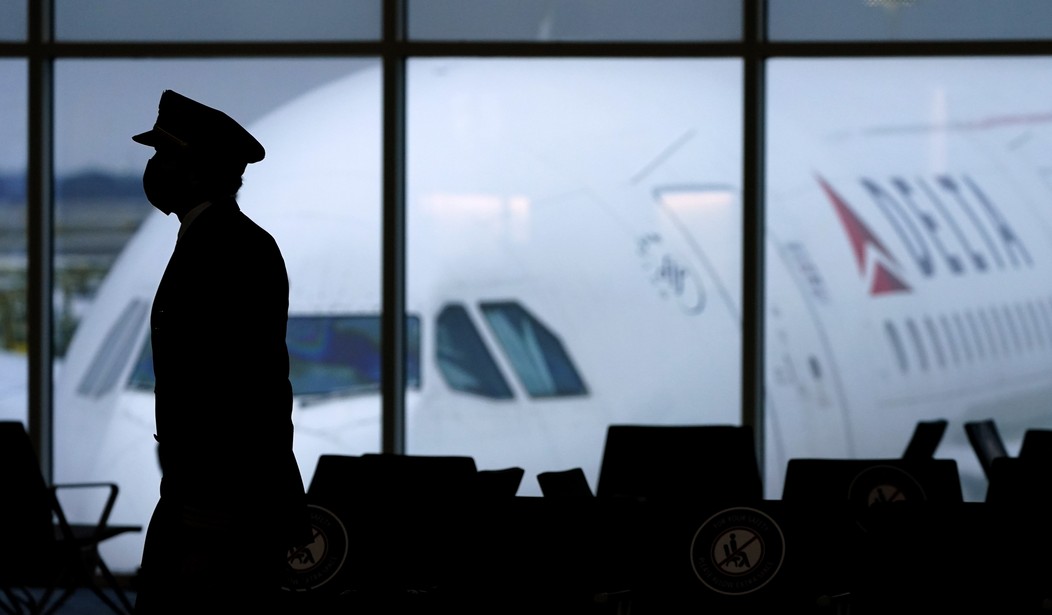The safety and security of the nation’s air travel system remain in question. On Monday, Southwest Airlines temporarily grounded all of its flights across the nation due to another “software failure” (or firewall failure, to be specific) in its flight control system. But even when the computer systems are functioning and we don’t have vehicles zooming across the runways causing near-collisions, there are still quite a few flights that wind up being delayed or canceled all across the country. The primary driver of that problem is still a lack of pilots for some flights. This is a problem that became significantly worse during and after the pandemic, but for some reason, they still aren’t back to anywhere near full staffing. And according to the Regional Airline Association, things won’t be getting better any time soon. In fact, he is telling a House oversight committee to expect a “tsunami of pilot retirements” in the next few years and there are not enough students in the pipeline to replace them. (CBS News)
The airline pilot shortage could get worse.
The president and CEO of the Regional Airline Association is set to tell a House committee about a quote “coming tsunami of pilot retirements.”
More than half are set to reach retirement age in the next 15 years.
So why is the pilot shortage dragging on and even growing now that the pandemic is behind us? According to one recent analysis from Forbes, there are a number of contributing factors. One part of it is the fact that we have “an aging workforce” facing mandatory retirement age. Less than 8 percent of commercial pilots are under the age of 30.
At the same time, fewer pilots are leaving the military and seeking commercial work with the airlines. For those without military pilot training, flight school is very expensive. Also, the physical and educational requirements to enter these programs are demanding. Many aspiring pilots simply can’t make the grade.
A separate analysis points out that commercial airlines in America are far behind the curve in terms of being able to recruit and train their own pilots. Unlike their European counterparts, airlines in the United States have relied on private flight schools to produce pilots.
For years, foreign airlines, such as Lufthansa and Japan Airlines, have recruited people with no experience and trained them to be pilots. It wasn’t until the past few months that United jumped into the business of training a pipeline of future pilots. It took over a program in Goodyear, Arizona, once run by Lufthansa, and renamed it Aviate Academy. In 2018, American Airlines started its own American Airlines Cadet Academy, which has four locations, 650 cadets and 90 graduates. Other academies, including Delta’s Propel program and Skyborne Academy, are also quickly training new pilots.
As that report goes on to point out, internal training programs may produce a more reliable pipeline of pilots in the decades to come. But even after finishing flight school, new pilots have to amass 1,500 hours of flight time before they are eligible to fly large commercial jets. That usually takes several years. (And do you really want to take a seat on a plane with a pilot who is fresh out of school?) So it appears that things will get worse before they get better. And “better” may still be several years off.







Join the conversation as a VIP Member